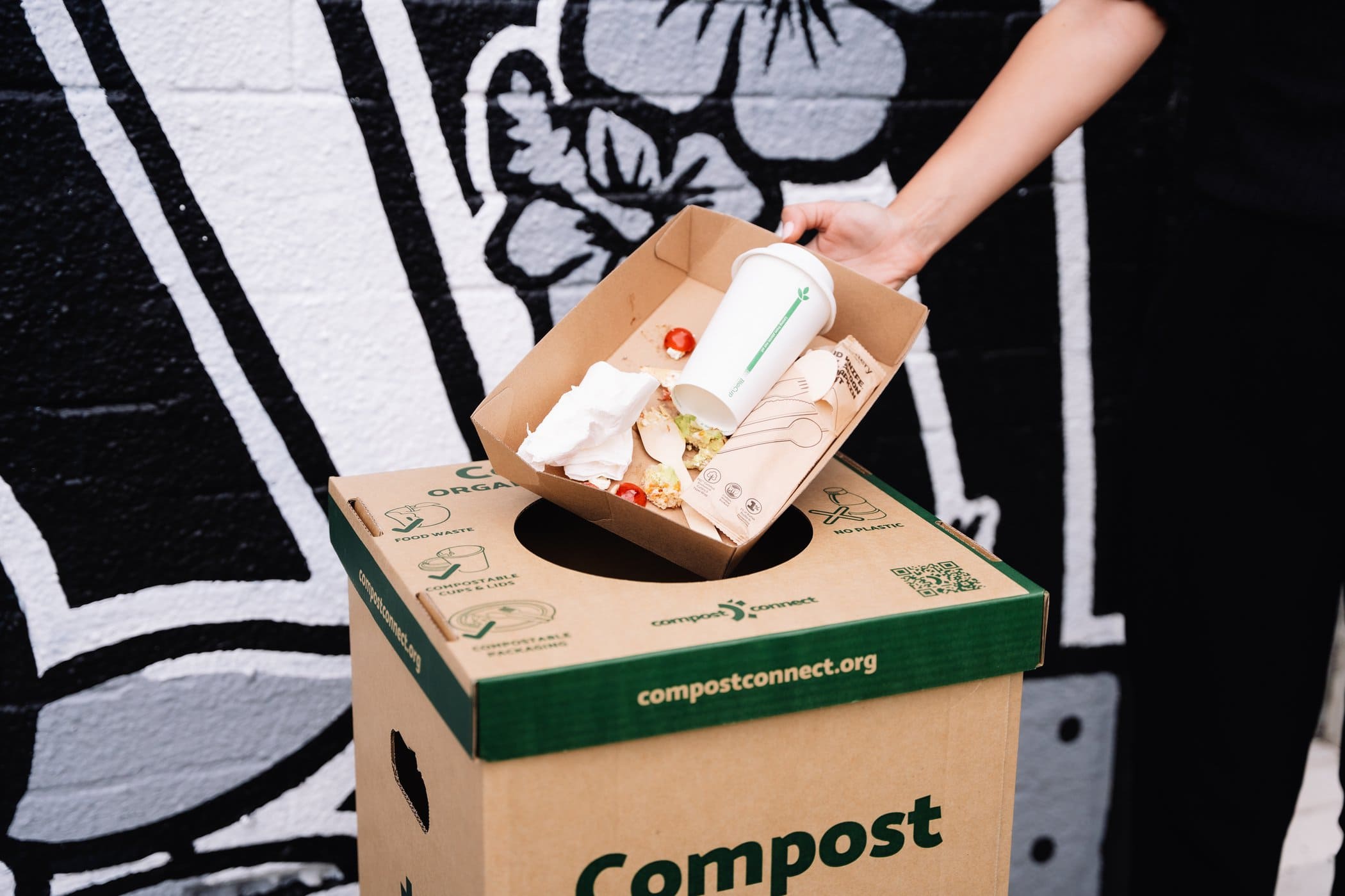Понимание роли компостируемой упаковки: помимо возможности вторичной переработки
В последние годы компостируемая упаковка приобретает все большую популярность как устойчивая альтернатива традиционным материалам. Однако все еще существует значительное недопонимание относительно ее истинного назначения и эффективности. Вопреки распространенному мнению, что перерабатываемость является основной целью, компостируемая упаковка предназначена для решения конкретных проблем, связанных с пищевыми отходами и загрязнением при переработке. Ниже приведен подробный обзор роли компостируемой упаковки в создании более устойчивой системы управления отходами.

Истинное предназначение компостируемой упаковки
Компостируемая упаковка не просто пригодна для вторичной переработки; ее главная цель — отвести пищевые отходы от сжигания и превратить их в ценный компост. Этот процесс предотвращает загрязнение потоков переработки продуктами питания, тем самым помогая поддерживать целостность систем переработки. Интегрируясь с пищевыми отходами, компостируемые материалы гарантируют, что продукты питания, жидкости и предметы с пятнами от еды можно утилизировать в одном контейнере, сохраняя потоки переработки чистыми и сухими.
Ориентация на конкретные приложения
Компостируемая упаковка направлена на решение проблем в трех основных областях, где переработка проблематична из-за загрязнения: этикетки для фруктов, чайные пакетики и упаковка для предприятий общественного питания.
1.Этикетки фруктов
Традиционные этикетки для фруктов часто изготавливаются из некомпостируемых материалов, что может вызвать проблемы при переработке. Компостируемые этикетки гарантируют, что органические отходы от фруктов могут компостироваться вместе с этикетками, что снижает загрязнение.
2.Чайные пакетики
Многие чайные пакетики содержат некомпостируемые материалы, которые могут нарушить процесс переработки. Компостируемые чайные пакетики гарантируют, что весь чайный пакетик, включая его содержимое, может быть переработан в системах компостирования, что улучшает качество компоста.
3. Упаковка для предприятий общественного питания
В настоящее время большая часть упаковки для общественного питания сжигается из-за загрязнения продуктами питания. Компостируемая упаковка для общественного питания позволяет собирать пищевые отходы и упаковку вместе, снижая необходимость в сжигании и создавая замкнутую систему, в которой пищевые отходы и упаковка преобразуются в богатый питательными веществами компост.
Воздействие на окружающую среду и перспективы на будущее
Текущий цикл добычи ресурсов — выращивание сельскохозяйственных культур для продовольствия, добыча нефти для производства пластика, вырубка деревьев для упаковки и сжигание отходов — приводит к выбросам CO2 и деградации почвы. Компостируемая упаковка, например, продукты из поставщик столовых приборов из сахарного тростника такой как 6-дюймовая коробка для бургеров , помогает разорвать этот цикл. Такие предметы, как подносы для еды из жома и компостируемые коробки для бургеров минимизируют зависимость от пластика на основе нефти и интегрируются с системами компостирования, способствуя устойчивости. Несмотря на рост переработанных материалов и расширенной ответственности производителя, эффективность этих систем зависит от снижения загрязнения и улучшения управления отходами.
Заключение
Компостируемая упаковка играет решающую роль в решении конкретных проблем в управлении отходами. Отводя пищевые отходы от сжигания и предотвращая загрязнение потоков переработки, компостируемые материалы способствуют более устойчивой и эффективной системе управления отходами. Поскольку отрасль продолжает развиваться, важно осознать истинное предназначение компостируемых материалов и поддержать их роль в создании замкнутой системы, которая приносит пользу как окружающей среде, так и экономике.